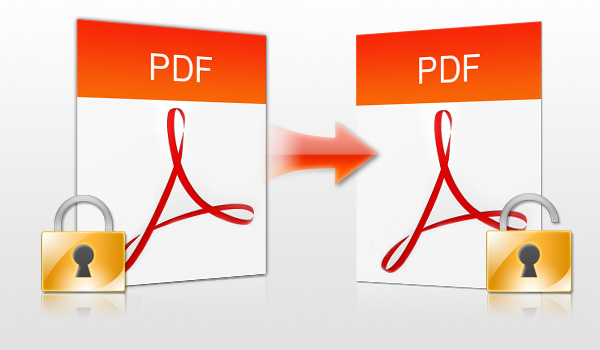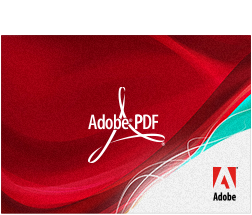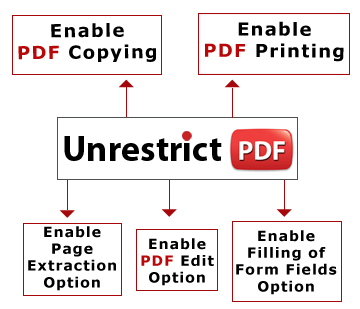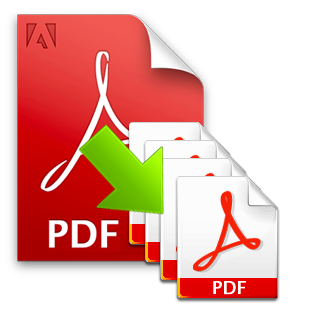|

|
|

|




Microsoft Access, also known as Microsoft Office Access, is a database management system from Microsoft that combines the relational Microsoft Jet Database Engine with a graphical user interface and software-development tools. It is a member of the Microsoft Office suite of applications, included in the Professional and higher editions or sold separately.
Microsoft Access stores data in its own format based on the Access Jet Database Engine. It can also import or link directly to data stored in other applications and databases.[1]
Software developers and data architects can use Microsoft Access to develop application software, and "power users" can use it to build software applications. Like other Office applications, Access is supported by Visual Basic for Applications, an object-oriented programming language that can reference a variety of objects including DAO (Data Access Objects), ActiveX Data Objects, and many other ActiveX components. Visual objects used in forms and reports expose their methods and properties in the VBA programming environment, and VBA code modules may declare and call Windows operating-system functions.
Protection and Password Security
Microsoft Access offers several ways to secure the application while allowing users to remain productive.
The most basic is a database password. Once entered, the user has full control of all the database objects. This is a relatively weak form of protection which can be easily cracked.
A higher level of protection is the use of workgroup security requiring a user name and password. Users and groups can be specified along with their rights at the object type or individual object level. This can be used to specify people with read-only or data entry rights but may be challenging to specify. A separate workgroup security file contains the settings which can be used to manage multiple databases. Workgroup security is not supported in the Access 2007 and Access 2010 ACCDB database format, although Access 2007 and Access 2010 still support it for MDB databases.
Databases can also be encrypted. The ACCDB format offers significantly advanced encryption from previous versions.[25]
Additionally, if the database design needs to be secured to prevent changes, Access databases can be locked/protected (and the source code compiled) by converting the database to a .MDE file. All changes to the VBA project (modules, forms, or reports) need to be made to the original MDB and then reconverted to MDE. In Access 2007 and Access 2010, the ACCDB database is converted to an ACCDE file. Some too